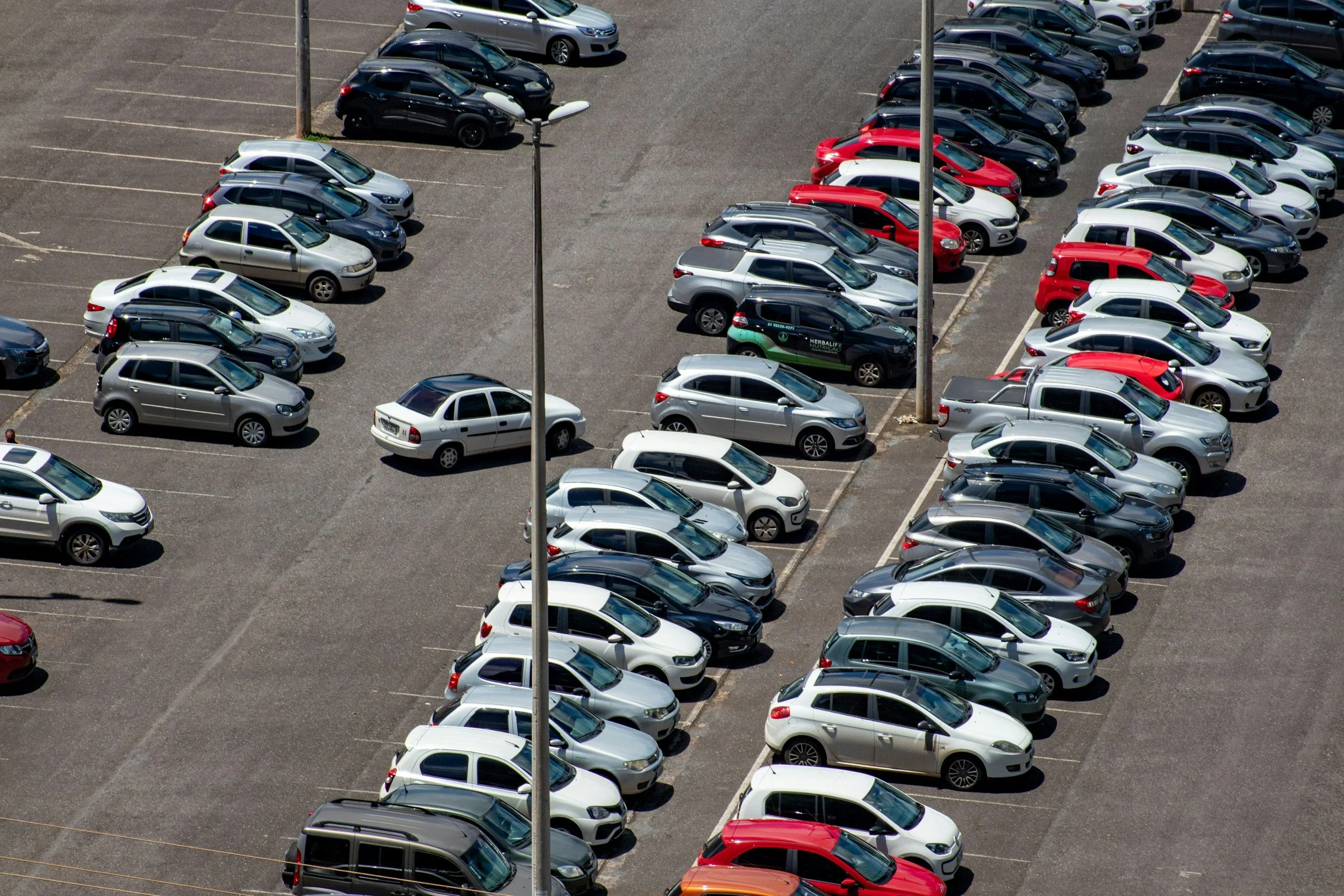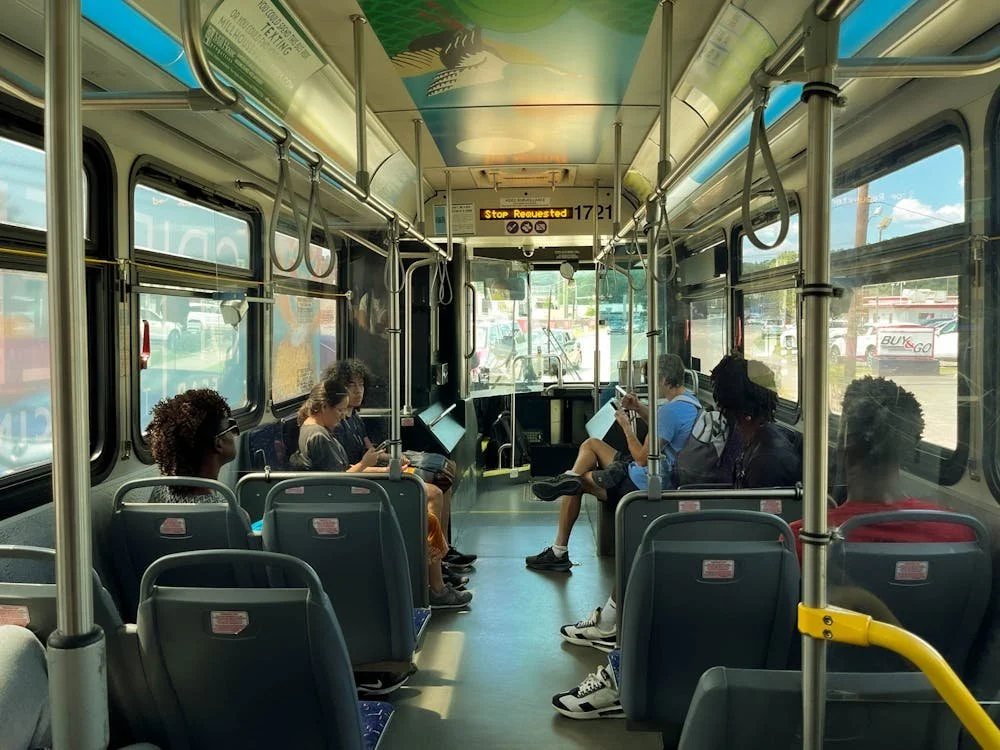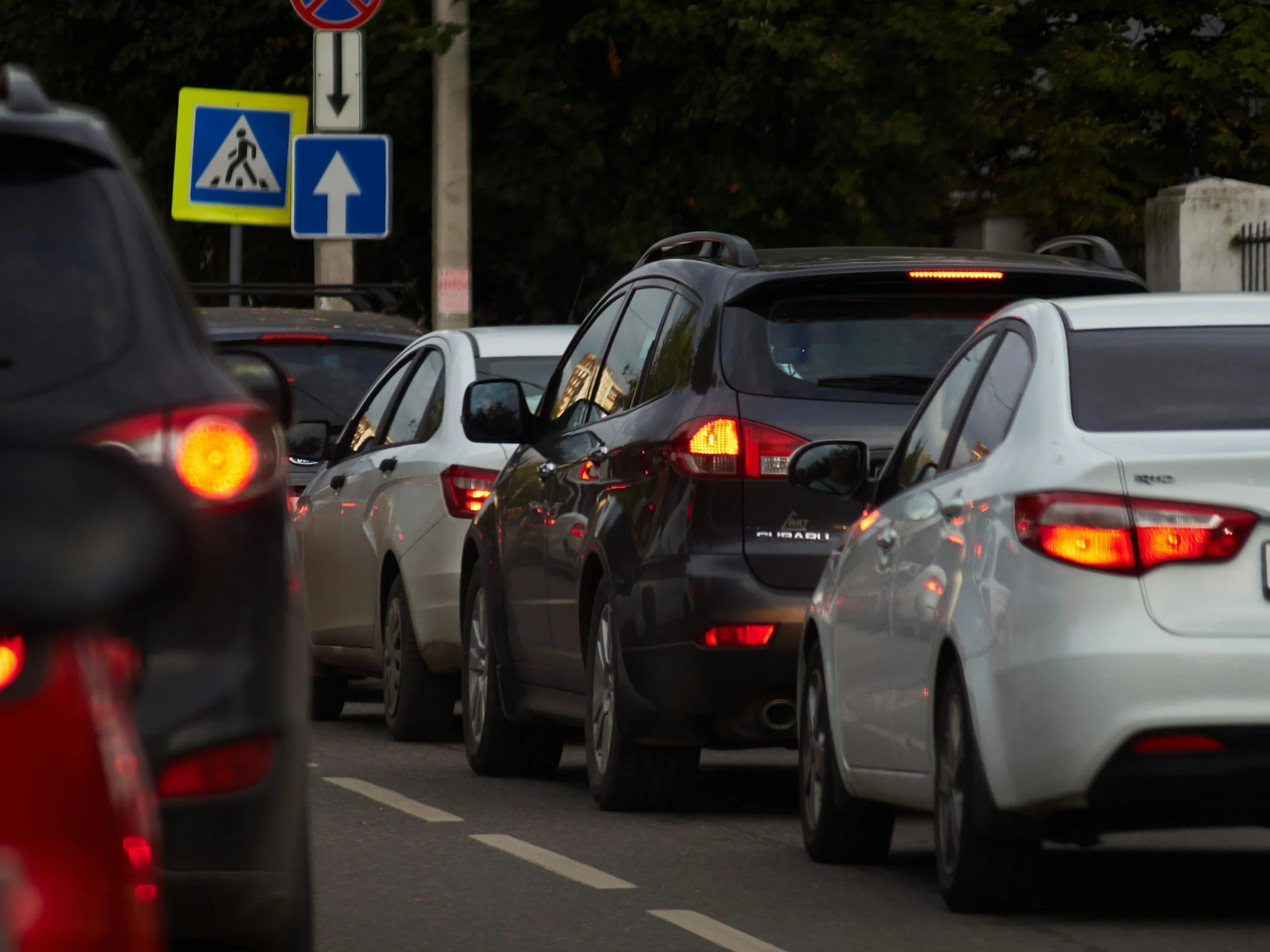Decarbonizing Transportation
Transportation is the leading source of greenhouse gas emissions in the United States. Local policies, particularly around development, land use, and street design, can have a major impact on transportation emissions in a community.
Expanding Bike and Pedestrian Infrastructure
In order to get more people walking, biking, and rolling rather than driving, these methods of transportation must be made safe, convenient, and pleasant. Cities can do this by devoting more space and protection for pedestrians, bicyclists, and those in wheelchairs, scooters, and other forms of transportation. Car-free zones, protected bike lanes, raised and separated bike lanes and paths, wider sidewalks, robust crosswalks, and lower speed limits are some of the ways to ensure more people are able to move sustainably and safely through your community.
Resources
World Resources Institute overview
2022 Article On Cities Making Major Investments in Bike/Pedestrian Infrastructure
Examples
Eliminating Minimum Parking Requirements and Lowering Maximum Parking Allowed for New Construction
The availability of parking (or lack thereof) is one of the biggest determinants of whether people choose to drive or use sustainable transportation options. Cities can regulate how much parking is built during new construction. For decades, many cities have required new development to include a certain amount of parking. By eliminating these minimum requirements and instead imposing parking maximums, local governments can have a major impact on how much new parking is built. Cities can also add sustainable transportation requirements (also known as transportation demand management, or TDM) for new construction, such as covered bicycle parking or on an onsite car share vehicle.
Resources
How Eliminating Parking Minimums Actually Makes Cities Better (EESI, 2021)
Abolish Parking Mandates Action Playbook (Climate Changemakers, 2023)
Examples
Fare-Free Public Transportation
Fare-free public transit is the epitome of an equitable climate solution that prioritizes economic justice and mobility for all. By providing public transportation at no costs, a municipality can make the ability to move freely a right rather than a privilege. Car ownership and use is not only accelerating the climate crisis — it is also extremely expensive. Robust, fare-free public transit allows more people to get to more places without the use of an automobile — regardless of their physical ability or income. To make public transportation fare-free, local governments must work to find alternative funding for public transit to replace the lost revenue that fares generate.
Resources
2018 Article Analyzing the Impacts of Fare Free Transit
2022 Article on 5 U.S. Cities with Fare Free Transit
Examples
Kansas City, MO
Chapel Hill, NC
Bozeman, MT
Alexandria, VA
Restrictions/Fees on Gasoline-Powered Vehicles in Downtown
For traffic, air quality, noise, safety, and quality of life purposes, cities around the world have restricted or penalized the use of internal combustion engines in downtown areas. Such policies are of course also beneficial from a climate standpoint as they disincentivize greenhouse gas emissions from automobiles and encourage sustainable transportation. New York City is poised to become the first city in the U.S. to adopt such a policy (hence the lack of examples below).
Resources
Washington Post congestion pricing explainer
Politico article on New York City’s efforts to become the first U.S. city to adopt congestion pricing
Examples
Santa Monica, CA
New York, NY
Expansion of Public Transportation
Expanding and improving public transportation improves the quality of life of those already using transit while simultaneously attracting new users. Public transit, especially when propelled by electricity, emits vastly less per passenger mile traveled than personal automobiles. It also uses less space, resources, and is more affordable – for the user and for the taxpayer. There are numerous ways to improve and expand transit systems, including creative solutions like bus rapid transit.
Resources
Transit Implementation Guide (C40 Knowledge Hub, 2021)
Overview of Planned Public Transit Expansion (Fast Company, 2022)
What Cities Are Getting Wrong About Public Transportation (Bloomberg, 2019)
Could Better Buses Fix Commutes (NYT, 2023)
Subsidies for Electric Vehicles and/or Electric Bicycles
Municipalities can accelerate the transition to electric transportation by providing incentives or rebates for residents looking to purchase electric cars, bicycles, or other mobility options. This option is particularly viable for municipalities that own or control their electric utility, as the utility and ratepayers typically benefit from the additional electric demand (when these electric vehicles charge, this creates new revenue for the utility, lowering costs for customers).
Resources
Analysis of the impact of EV and E-bike subsidies (2023, GGWash)
City Support of Shared Mobility Systems
Bikeshare, carshare, scooter share, and other shared mobility systems are critical for allowing residents and visitors alike to reduce their use of cars. Bikesharing makes biking convenient, accessible and affordable for a wide array of people, including those who do not own a bicycle. Scooter-sharing is often an even lower cost and more physically accessible option than bike share. Carsharing systems allow more residents to avoid car ownership while still having affordable access to a vehicle when needed. Avoiding car ownership is critical to reducing emissions. Whether or not someone owns a car is the single biggest factor that influences how much one uses a car for transportation.
Whether or not someone owns a car is the single biggest factor that influences how much one uses a car for transportation.
Resources
2022 Review of Shared Mobility Systems
2022 Index of Bikeshare and Scootershare Systems
2017 Report on the results of carshare pilot program in San Fransisco
2023 Article on how to ensure micromobility systems benefit low-income people
Examples
Sacramento, CA
Minneapolis/St. Paul, MN
Albany, NY
Portland, ME
Boston, MA
Transportation Demand Management Requirements
Transportation demand management policies and programs are those that reduce the use of single occupancy vehicles and therefore reduce the demand for car infrastructure such as parking spaces.
Resources
TDM Encyclopedia
Examples
Sunnyvale, CA (Policy Text)
Sunnyvale, CA (Program Guidelines)
Sunnyvale, CA (TDM Guide for Multifamily Housing)
Bloomington, IN
Portland, OR
Requiring EV Charging Stations in New Developments
As municipalities work to enable and encourage more people to walk, bike, roll, and use public transit, they also need to ensure that the cars that do remain on the road are electric. This requires charging infrastructure. Municipalities can require that a percentage of new parking built has EV charging stations or at the very least has the electrical infrastructure to support a charging station.
Resources
Model building code for EV charging (ICC, 2021)
List of municipalities and states with EV charging infrastructure requirements for new construction
Examples
Erie, CO
Scottsdale, AZ
San Jose, CA
San Luis Obispo, CA
Edmonds, WA
Electrify Municipal Fleet/Public Transportation
Municipalities own or lease vehicle fleets, sometimes even owning or controlling public transportation in their jurisdiction. As municipalities work to get residents to switch to electric vehicles, they must lead the way by converting their own vehicle fleets to electric.
Resources
Public Fleet Electrification Guide (2021, Sourcewell)
Guidebook for Funding and Financing Fleet Electrification (2021, Electrification Coalition)
Fleet Electrification Analysis Tool (2021, Electrification Coalition)
Article on City Efforts to Electrify Transit Fleets (2022, Mass Transit Magazine)
Issue Briefing on Electric School Buses (2023, Climate Changemakers)
Action Plan: Electrify School Buses (2023, Climate Changemakers)
Examples
Seneca, SC
Boston, MA
Seattle, WA
Beverly, MA
Portland, OR
Additional Resources on Decarbonizing Transportation:
Vehicle Electrification Playbook











